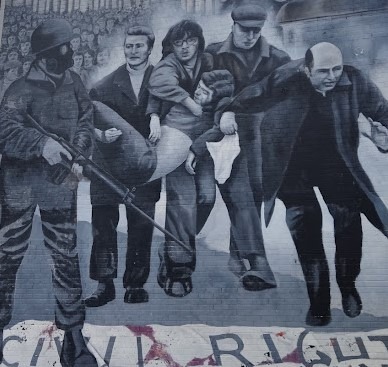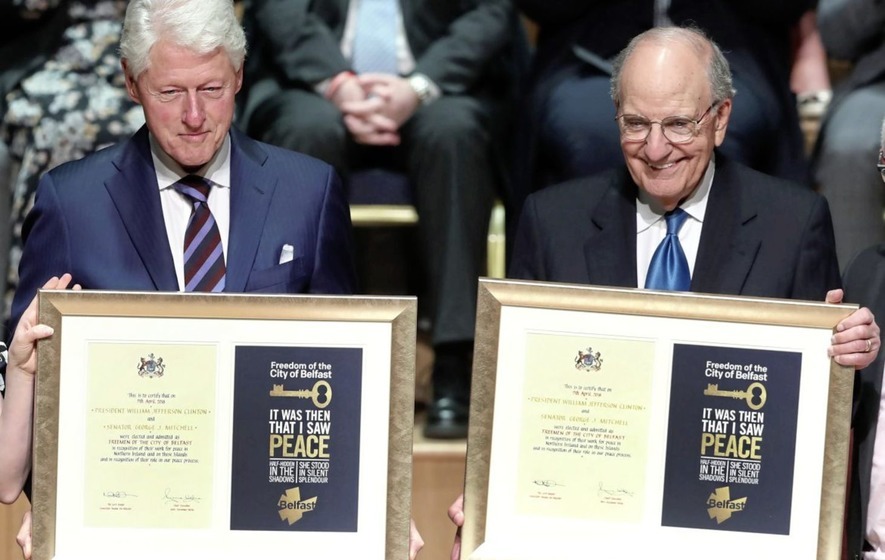The Bloody Sunday
The most important and famous event of The Troubles was certainly The Bloody Sunday. On 30th of January 1972 15,000 people marched peacefully across the city of Derry. As they were stopped from continuing the march into the centre of the city, the participants gathered near the Free Derry Wall, and that is where the riots began. At first the ramblings were mild, with only a few protesters throwing rocks at police barricades, but soon the paratroopers opened fire.
As the police force was ordered to arrest rioters, armored vehicles were used to chase the peaceful civilians. Incidents of beatings, firing rubber bullets at point-blank range and shooting protesters with real bullets became increasingly common as the time went on. The entire incident, from paratroopers driving into the Bogside to the last shot fired, lasted only 10 minutes, but the aftermath turned out to be disastrous.

In total 26 people were shot with real bullets by the armed forces, 13 of whom died on the same day and 14th person a few months later from injuries. The Bloody Sunday Memorial was erected in order to commemorate their deaths. Numerous journalists were present during the happening of the march and helped to spread the facts about the violent killings.
Shootings performed by the military force caused an outburst of anger among the inhabitants of both Derry and entire Ireland. The British Embassy in Ireland was completely burned down and in response the government promised an investigation of the events would be carried out. Publication concerning this matter was published on 15 June 2010 and called the Saville Report. After 38 years the British prime minister admitted that it was the soldiers who fired first.

Operation Motorman
One of the results of Bloody Sunday was the Operation Motorman – unannounced mobilisation of police forces meant to disarm and destroy the no-police zones. At 4am on 31th of July 1972 about 4% of the entire British army was deployed all over Derry to perform the task, with heavy armoured vehicles used for the first time during The troubles. After the operation there were no more no-police zones in The Walled City and casualties of this event included the death of two boys at the age of 15.

Road to Peace
After constant riots, conflicts, battles and deaths steps were taken to alleviate the situation in Derry and the entirety of Northern Ireland. First of such actions was the Local Government Act. Since its establishment, the proportional representation of all parties present in local governments were ensured and during the 1973 elections nationalists gained the majority for the first time since 1923.
Another, probably even more substantial effort in achieving peace, was the enactment of the Good Friday Agreement signed 10 April 1998. The document itself incorporates two smaller protocols: the British-Irish and the Multi-Party agreements, both of which enabled both sides of the conflict to cooperate and work for a better future as a part of an institution called the Northern Ireland Assembly. Additionally, it eventually led to the end of officially supported operations of IRA and British forces in the entirety of Northern Ireland.

Even though the remnants of the conflicts are still present to this day, the city of Derry and the rest of Northern Ireland are heading to a brighter future. The riots and violent fights discontinued, tensions between nationalists and unionists diminished and The Walled City has been prospering like never before.